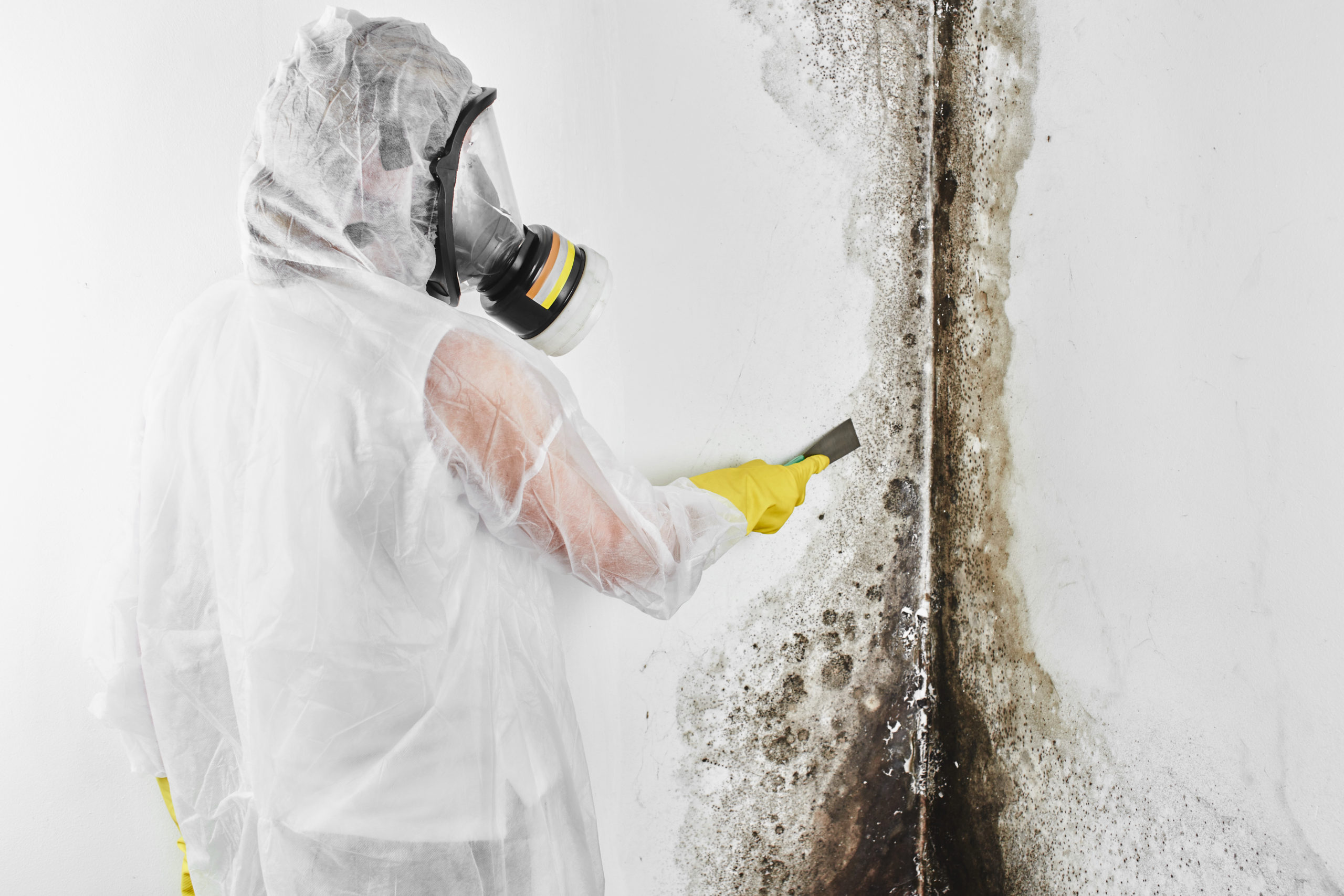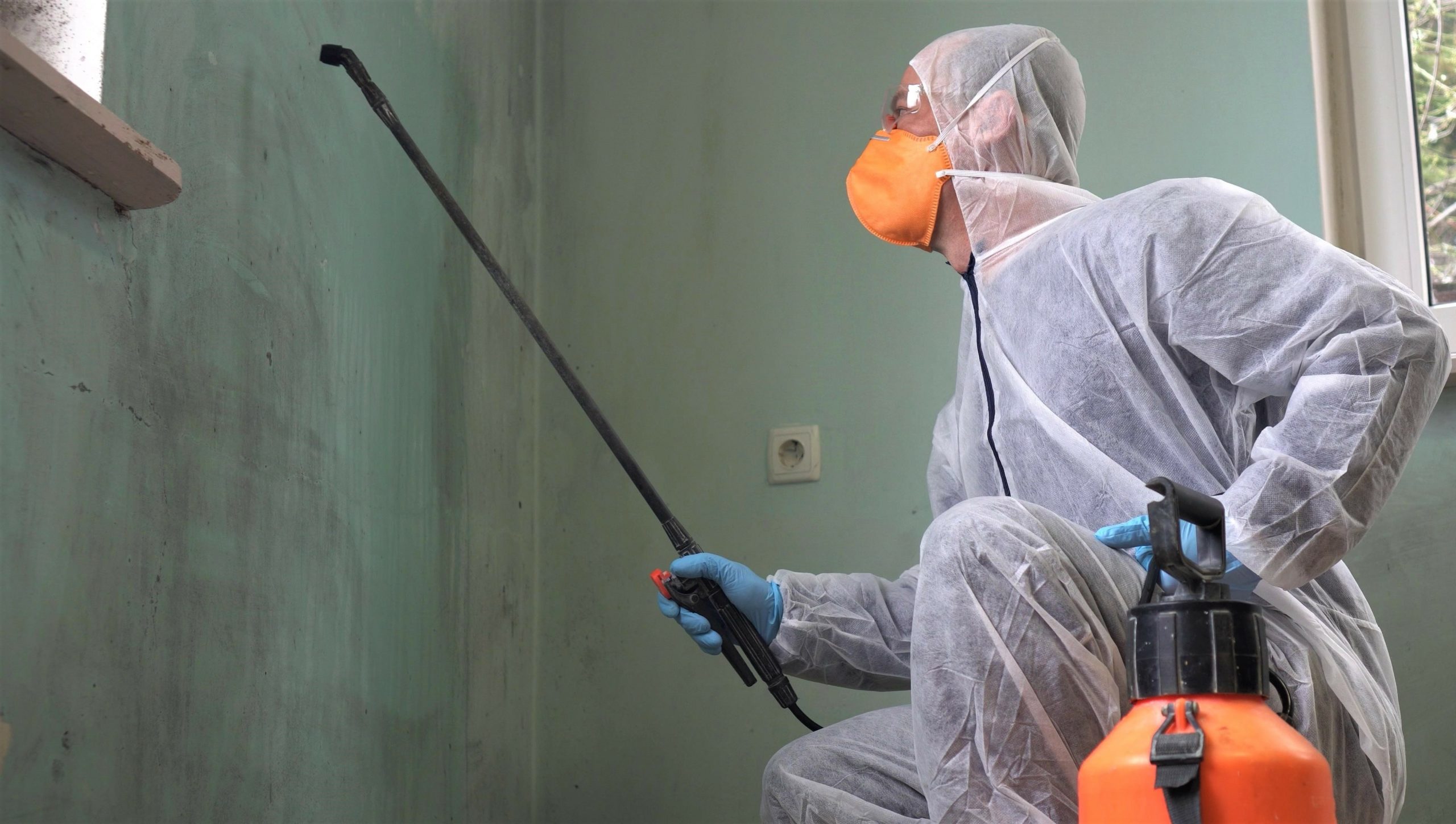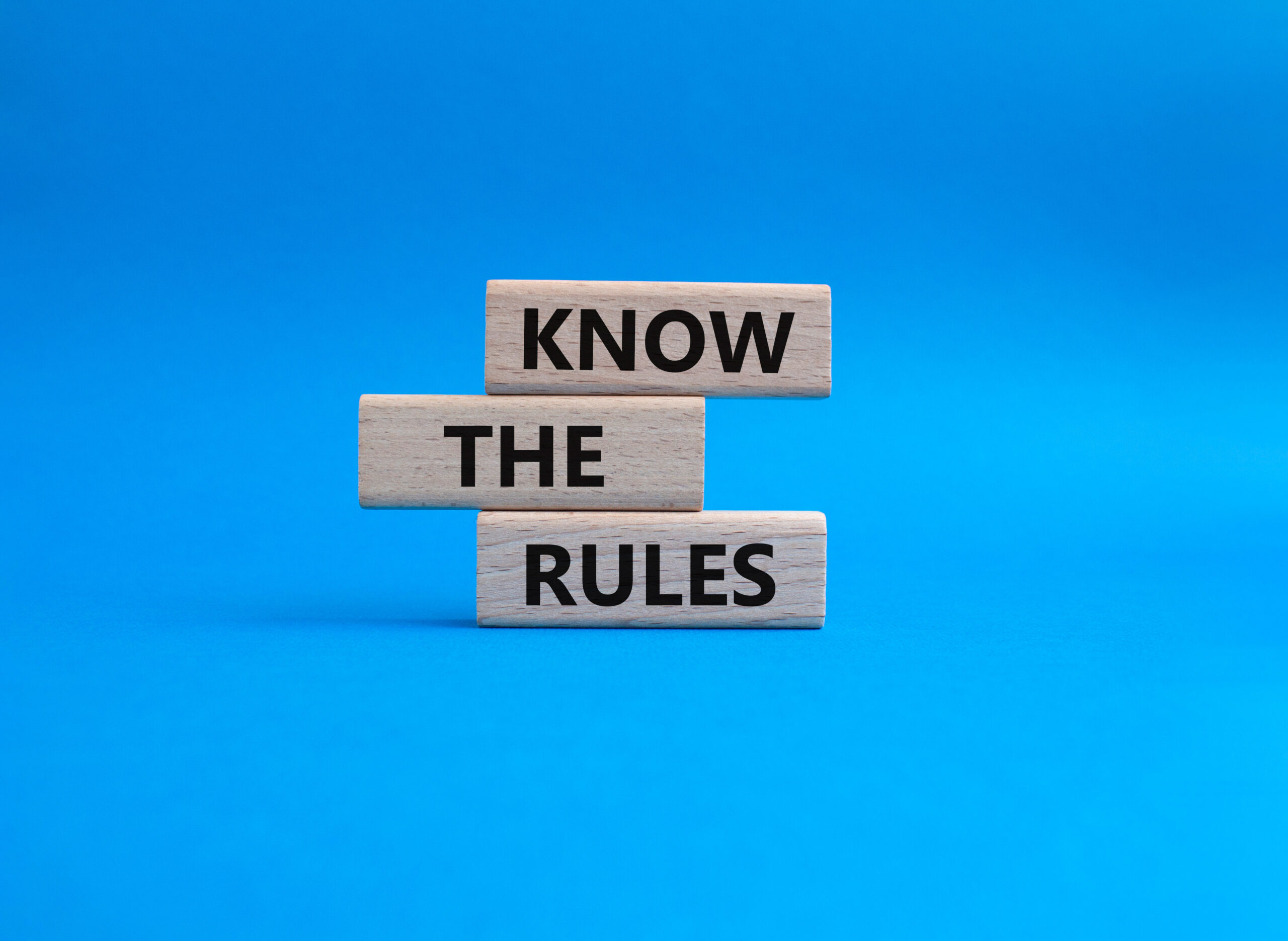Your business evolves around social responsibility, health, and environment preservation. One aspect you take part in is bio-hazard disposal. Bio-hazards must be disposed of properly, such as human blood and other body fluids, sharps, microbiological waste, pathological waste, and even animal waste.
However, mold can also be a biohazard when it practically pervades in the interior of a structure. So, how do cleaning companies help with bio-hazard cleanup? In this article, you’ll learn how mold removal companies can help with bio-hazard cleanup.
Employ Mold Remediation And Bio-Hazard Experts
Mold removal companies play a crucial role in bio-hazard cleanup. For one thing, mold contamination can cause health problem in newborns, the elderly, and immunocompromised individuals.
A mold removal company can help prevent health risks associated with molds by employing qualified bio-hazard cleaners and implementing acceptable and safe techniques. For instance, companies like Rescue Clean 911 is a professional Mold Removal Company which employs IICRC and NORMI certified technicians in biohazard clean up and mold remediation, among other services.
Here are some guideposts for mold remediation and bio-hazard experts:
- Ensure Excellent Job Performance: The National Organization of Remediators and Mold Inspectors (NORMI) is an approved training provider for aspiring mold professionals. The Institute of Inspection Cleaning and Cleaning and Restoration Certification or IICRC S520 refers to a procedural standard for mold damaged structure remediation based on research, reliable remediation principles, and practical experience. Hiring IICRC and NORMI certified technicians will be highly beneficial to your cleaning business.
Certification is crucial in assuring clients that technicians have sufficient expertise and experience to get the job done. You can learn more about certifications and ensuring excellent job performance in this video.
- Ensure Good Company Reputation: When customers know that you only hire the best workers, they’ll likely refer your services to other property owners and contact you again if they encounter the same issue. Increase people’s trust and confidence in your mold remediation services by only hiring qualified people to perform the job.
- Go For Outstanding Results: Mold and mildew are considered bio-hazards, and only an expert would know how to effectively reduce and eliminate health risks associated with them. Employ the latest mold removal techniques to ensure you get the job done completely.
Conduct Pre-testing
Pre-testing should be mandatory if any of the building occupants has a medical condition that increases the likelihood for negative reaction due to mold exposure. You also have to check other adjacent rooms or areas because of the possibility of cross-contamination.
Hard-to-see mold requires pre-testing to verify any presence or absence of mold. Also, your client or the insurance company may request pre-testing before deciding on a remediation plan. With pre-testing, the existence of bio-hazards will be confirmed and addressed accordingly using the right techniques and equipment.
Utilize The Right Mold Remediation Equipment
Mold remediation equipment aims to increase the airflow, eliminating moisture while filtering the air. In this way, it’ll result in halting mold growth by drying out colonies. Understanding the criteria of choosing the right equipment will quickly, effectively, and efficiently remediate a mold problem.
The three categories of commonly used equipment in mold remediation include the following:
- Air Movers: This type of mold remediation equipment is a powerful industrial blower, increasing airflow and directing spores out of the mold-contaminated area. After water damage, using air movers can mitigate mold growth, drying the wet surface fast. Air mover maintenance is minimal with one or more years of warranty.
- Dehumidifiers: Dehumidifiers cool air to remove the moisture as cold air holds less water as compared with warm air, reducing humidity to 40%. Commercial dehumidifiers are very helpful tools for mold remediation. Using dehumidifiers ensures an area stays dry and clean without molds. Choose the right size of dehumidifier for the space that can keep the humidity to 30% to 50%.
- Air Scrubbers: An air scrubber removes airborne contaminants that come with high-efficiency particulate air (HEPA) filters, trapping 0.3-microns of particles. Air scrubbers can also eliminate smoke from the indoor air in fire-damaged properties. You’re probably using a negative air machine in mold remediation jobs. But, it’s different with an air scrubber. A negative air machine utilizes ducting, directing air out once it’s cleaned, whereas a scrubber allows air to recirculate when it’s filtered.
Professionally Handle Biofilm
Biofilms are slimy clumps or films consisting of various types of bacteria that bind together in a thick and sticky substance. The glue-like structure holds the bacteria and adheres to the surface, affecting human health and the environment.
Biofilms are stubborn to remove. Microfiber with sanitizers and disinfectants aren’t enough to remove biofilms. They also spread easily, contaminating other areas and spreading illness. As a professional cleaner, you have to give expert advice to property owners on how to prevent and clean biofilms. Here are some expert pieces of advice you can share when handling biofilms:
- Regular Cleaning: Remind your clients that regular scheduled cleaning (preferably weekly) is highly recommended to keep surfaces residue- and moisture-free. Biofilms can become too hard when they’re not attended to immediately.
- Two-Step Cleanup and Disinfection: Biofilms have protective matrix. It’s not enough to use a toilet bowl cleaner, bleach, or a type of antimicrobial. Biofilms should be agitated and broken up. They must be removed before applying an antimicrobial chemical to be effective. For instance, use a toilet cleaner to clean the toilet bowl and if you see biofilm or suspect a possible pathogenic virus or bacteria, the second step is using an antimicrobial chemical.

A professional disinfector in overalls processes the walls from mold with a spatula. Removal of black fungus in the apartment and house. Aspergillus.
Ensure Successful Post-Job Testing Clearance
Property owners are smarter than ever. It’s an SOP for them to hire third-party inspectors to ensure their properties are free from mold after a mold remediation service and be free of mycotoxins. These inspectors can be very strict.
Reputable mold removal companies don’t want to deal with problems such as failing a post-remediation mold inspection. So, conduct post-job testing to ensure the following after cleanup:
- Mold colonies aren’t visible.
- Post-mold-remediation safety guidelines are met.
- Airborne spore saturation levels are lower than the criteria set.
- All infected building materials have been removed to prevent another mold infestation.
- All areas of high moisture levels have been tackled to prevent mold growth.
Conclusion
Mold removal companies can help with bio-hazard cleanup by employing qualified employees with relevant work experience. Eliminating biofilms using the right techniques will help reduce or eliminate bio-hazards. Also, investing on the right mold remediation equipment, assessment, and post-remediation testing are essential to ensure a mold-free building and client satisfaction. This way, you do your part in keeping biohazards at bay.






